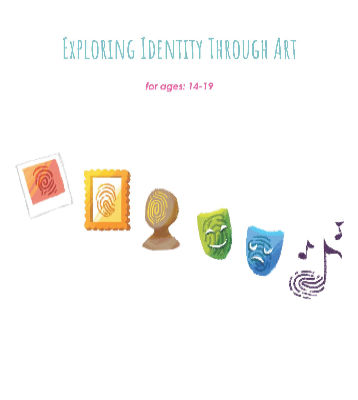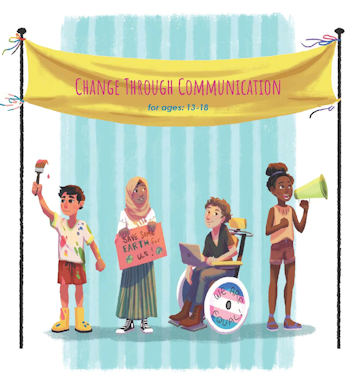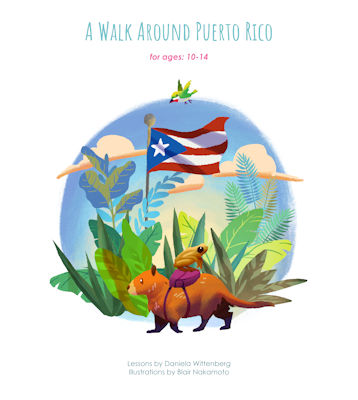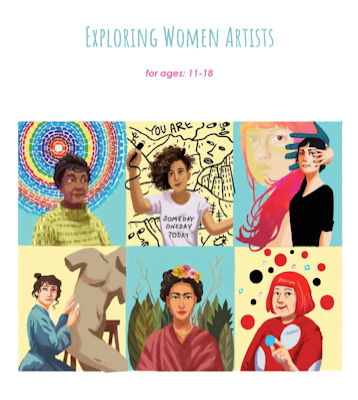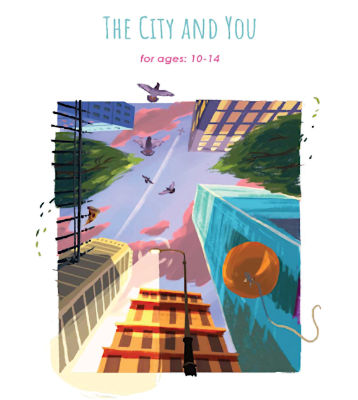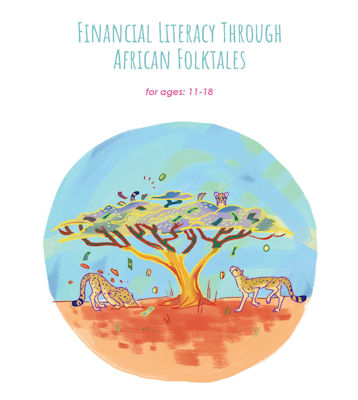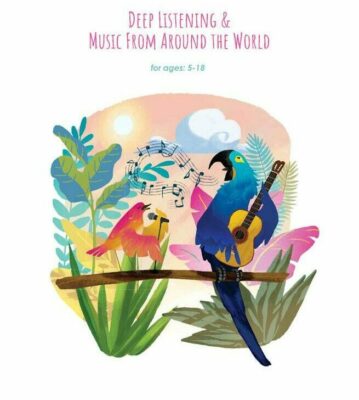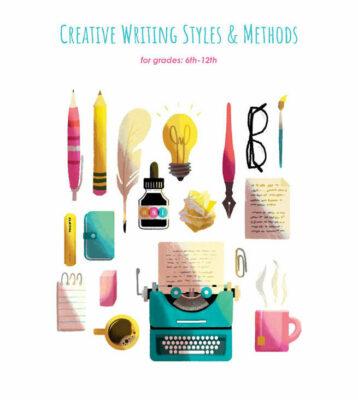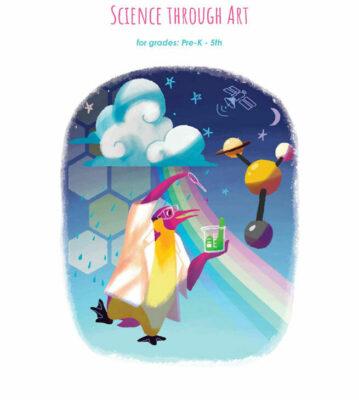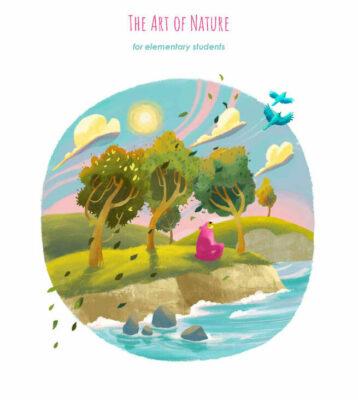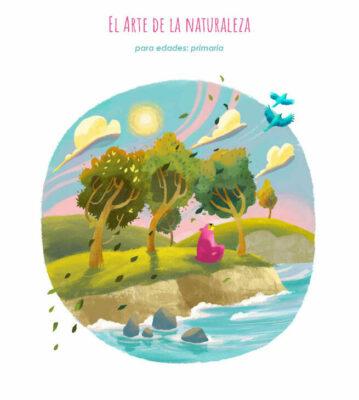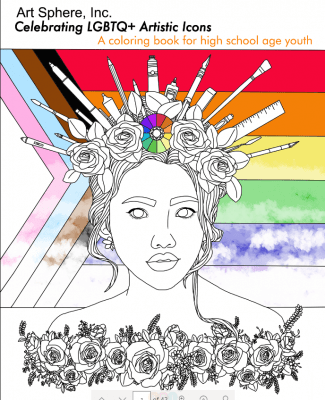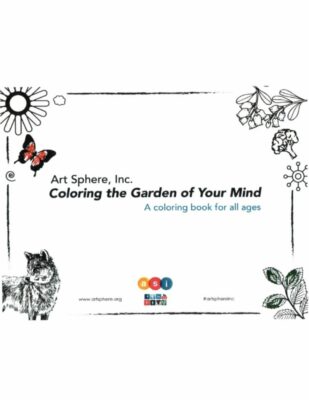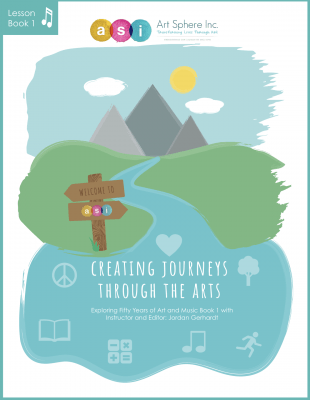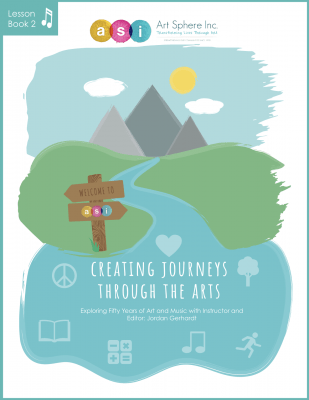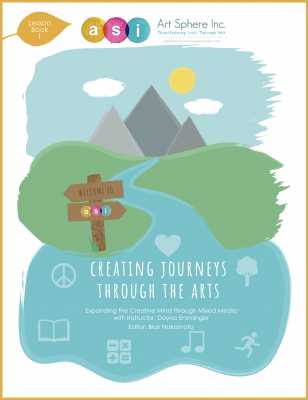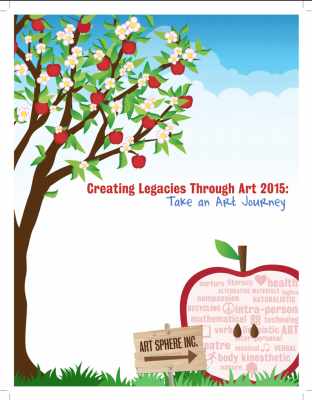Here, you can find a selection of lesson plans and books to help in the learning environment.
Please take this survey to help us plan for the next ASI book series.
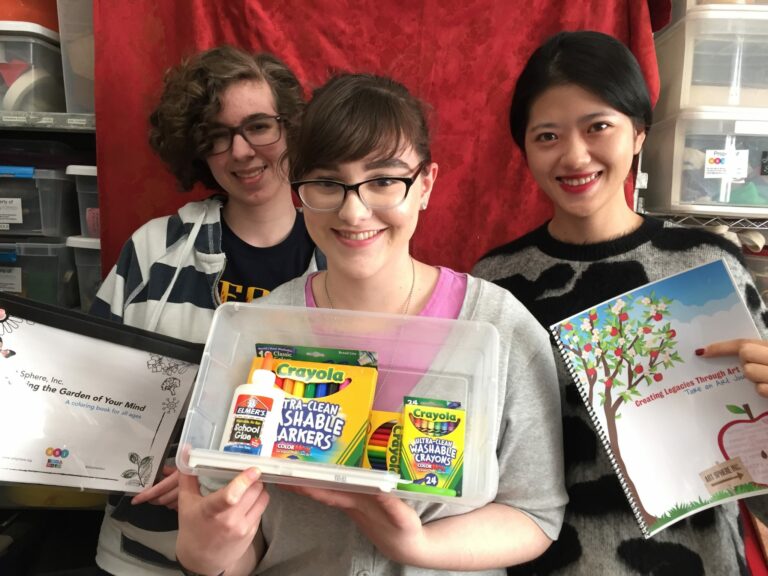
We are pleased to present this series of books to take you on a journey to transform everyday materials into art, to explore the intersections of art with nature, literacy, technology, theater, and music, and to learn how art can express your core values. Throughout this journey, we invite you to reflect on the legacy that can be created through art.
ASI has always been concerned about the lack of access to and cutbacks in funding for the cultural arts in the inner city. In response, we developed these books of free art lesson plans for children to stimulate and inspire creative thinking. Each art project is outlined with easy-to-follow instructions and can be completed with low-cost or “found” materials. The printed book is supplemented by a database on ASI’s website (www.artsphere.org) with additional art lessons that can be downloaded by teachers and families.
The projects in these books, which have been tested in Art Sphere workshops and in schools, at public events and with diverse audiences, are designed to be easy enough for a parent or a teacher with no art training to teach to others. All the projects can be completed in an hour or less and are intended for children from preschool to 6th grade. Follow your creativity and make art that goes beyond where the path leads so you can leave a trail to inspire others to express themselves, too!
How to Use these Lesson Plan Books
Not everyone learns the same way. Some people are more visual, some more musical, some more mathematical. Our “Trail Maps” include symbols depicted in a “road sign” at the top of each page and indicate the different learning styles to be found in each project. By pointing out the different ways that a project can be approached, parents and teachers can guide their children to their individual paths to artistic success and ways to express their unique creative voices. The different learning styles and the symbols used to represent them in the books include:










